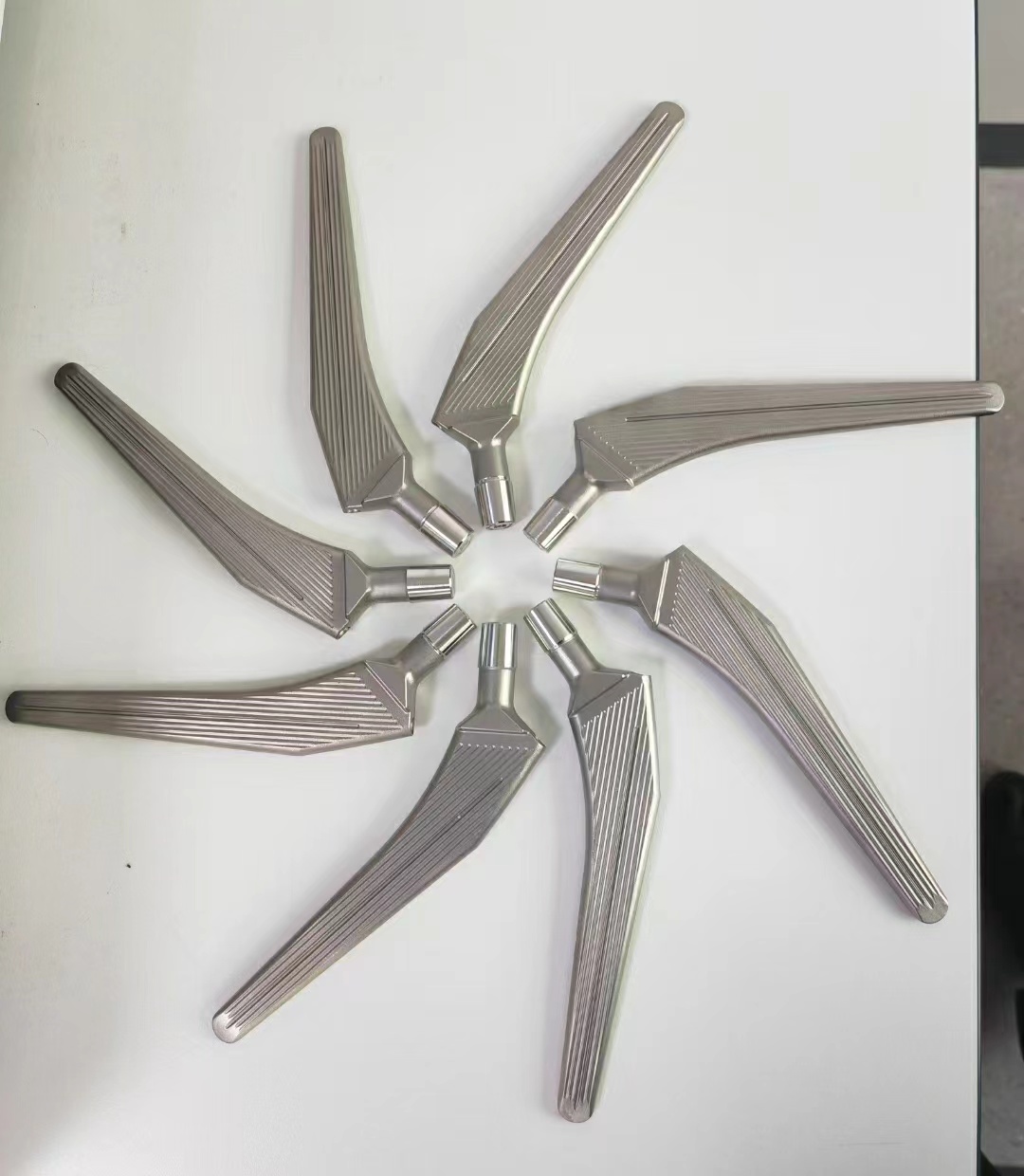1. Classification by matrix element type:
Iron-based high-temperature alloy: The matrix is iron, with a small amount of alloy elements such as nickel and chromium added. This type of alloy is also called heat-resistant alloy steel, which can be divided into martensite, austenite, pearlite, ferrite heat-resistant steel, etc. according to its normalizing requirements. The use temperature of iron-based high-temperature alloys can generally only reach 750-780℃. Compared with nickel-based and cobalt-based high-temperature alloys, its high-temperature performance is slightly weaker, but it has the advantages of low cost and good processing performance. It is often used in some high-temperature parts that do not require high temperature, such as some turbine blades, fasteners, and high-temperature and high-pressure pipelines.
Nickel-based high-temperature alloy: The nickel content is more than half, suitable for working conditions above 1000℃. This type of alloy has excellent high-temperature strength, good oxidation resistance and gas corrosion resistance. It is the most widely used and has the highest high-temperature strength among high-temperature alloys. Nickel-based superalloys can greatly improve creep resistance and compressive yield strength through solid solution and aging processes, and are widely used in high-temperature parts such as blades, combustion chambers, turbochargers of aircraft engines, rocket engines, nuclear reactors, and energy conversion equipment.
Cobalt-based superalloys: Cobalt is used as the matrix, and the cobalt content accounts for about 60%. At the same time, elements such as chromium and nickel need to be added to improve the heat resistance of superalloys.
Cobalt-based superalloys have good high-temperature strength and oxidation resistance, and have excellent corrosion resistance in high-temperature environments. However, due to the low output of cobalt resources and the difficulty of processing, its usage is relatively small. It is usually used for high-temperature parts under high temperature conditions (600-1000℃) and subjected to extreme complex stress for a long time, such as working blades, turbine disks, hot end parts of combustion chambers, and aerospace engines of aircraft engines.
2. Classification by alloy strengthening type:
Solid solution strengthening superalloys: Add some alloying elements to iron, nickel or cobalt-based superalloys to form a single-phase austenite structure. Solute atoms distort the matrix lattice of the solid solution, increase the slip resistance in the solid solution, and thus strengthen the alloy. Some solute atoms can also reduce the stacking fault energy of the alloy system, increase the tendency of dislocation decomposition, and make cross-slip difficult, thus achieving the purpose of alloy strengthening.
Aging precipitation-strengthened high-temperature alloy: A heat treatment process in which the alloy workpiece is placed at a higher temperature or at room temperature to maintain its performance after solid solution treatment and cold plastic deformation. Through aging treatment, a second phase (such as γ’, γ”, carbides, etc.), thereby strengthening the alloy. This strengthening method can make the alloy have higher strength and good creep resistance at high temperature.
3. Classification by material forming method:
Casting high temperature alloy: alloy material for directly preparing parts by casting method. According to the composition of the alloy matrix, it can be divided into iron-based, nickel-based and cobalt-based casting high temperature alloys; according to the crystallization method, it can be divided into polycrystalline casting high temperature alloys, directional solidification casting high temperature alloys, directional eutectic casting high temperature alloys and single crystal casting high temperature alloys.
Deformed high temperature alloy: has good plasticity and can be processed into parts of various shapes by forging, rolling and other methods. At present, it is still the most used material in aviation engines and is widely used at home and abroad.
Powder metallurgy high temperature alloy: prepared by powder metallurgy technology, with fine grains, high uniformity and other characteristics. It includes ordinary powder metallurgy and oxide dispersion strengthened high temperature alloys. Oxide dispersion strengthened high temperature alloys have higher high temperature strength and low stress coefficient, and are widely used in gas turbine heat-resistant and oxidation-resistant components, advanced aviation engines, petrochemical reactors, etc.
Post time: Sep-27-2024











